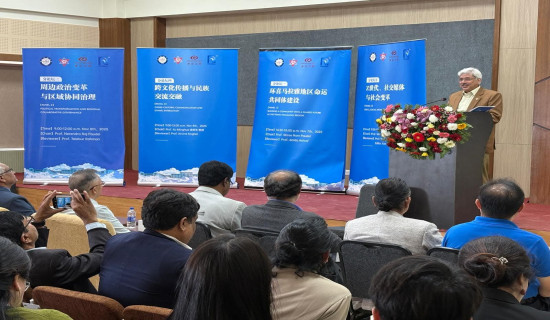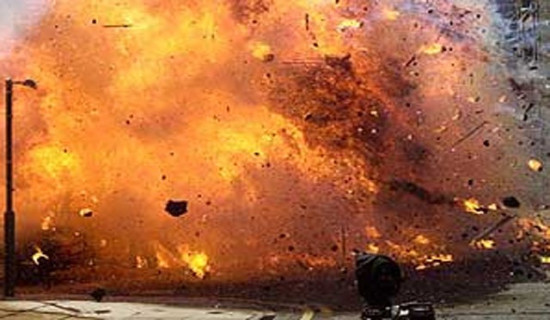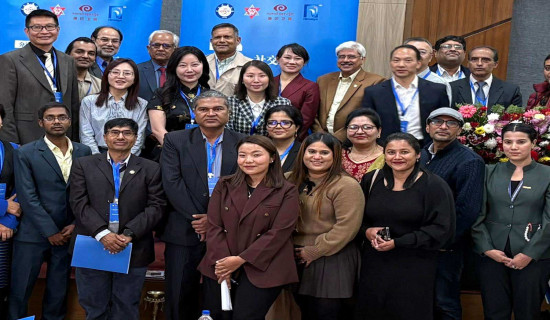- Saturday, 8 November 2025
What propels plane crashes in Nepal?
Kathmandu, June 5: The crash of the Tara Air DHC-6 aircraft this week that killed all 22 people on board was Nepal’s 34th plane crash since the turn of the century, according to data maintained by the Aviation Safety Network, the website that keeps track of aviation accidents, incidents, and hijackings all across the world. It was also the first fatal crash in three years and the first domestic air crash since 2016 that killed more than five people.
While the five-membered investigation commission formed by the Ministry of Culture, Tourism and Civil Aviation is still working to piece together what caused the accident, Pradeep Adhikari, director general of the Civil Aviation Authority of Nepal (CAAN), told the International Relations Committee of the House of Representatives on Monday that bad weather could have led to a navigation error on the pilots’ part and driven the plane into a hillside.
Bad weather is an all-too-familiar cause of aviation accidents in Nepal. In 2019, an Air Dynasty helicopter carrying six passengers including the then Minister for Culture, Tourism and Civil Aviation Rabindra Adhikari and airlines entrepreneur Ang Chhiring Sherpa crashed in Taplejung due to poor visibility.
Adverse weather is also considered to have caused the 2011 Buddha Air crash when a Beechcraft on a sightseeing trip to Mount Everest hit a hill near Lalitpur killing all 19 on board.
In 1992, an Airbus 310 Thai Airways flying from Bangkok hit a mountain 37 kilometres north of Kathmandu. There were several causes of the crash including a lack of pilot training and failure of the plane’s flaps. However, investigators had also found that inclement weather conditions had interfered with the pilot’s ability to communicate with the Tribhuvan International Airport’s air traffic controller.
Causes of air accidents
CAAN’s Aviation Safety Report of 2021 identifies three main causes of accidents for fixed-wing aircraft in Nepal – Controlled Flight into Terrain (CFIT), Loss of Control in Flight (LOC-I) and Runway Excursions (RE). Among them, it is internationally accepted that bad weather can be a contributing factor in CFIT, wherein an airworthy aircraft, under pilot control, is unintentionally flown into an obstacle like a mountain or the ground.
Crucially though, the age of the aircraft, as measured in the number of years since its manufacture, does not make an aeroplane more likely to crash, experts say.
“The lifespan of an aircraft is measured in pressure cycles or service life, not years or time from its manufacture,” said Brigadier General of Nepali Army Dipak Bastola who has, five times, been a member of bodies formed to investigate air disasters. Bastola was also a member of the commission that looked into the Air Dynasty crash that killed Minister Adhikari.
“In my experience with aeroplane crash investigations, I have found that most accidents happen due to human errors,” he shared. The mountainous topography of Nepal and technical errors come second and third on the list of causes of air fatalities, he said.
Planes are inspected regularly, even daily, and are put through thorough safety checks and maintenance. Because of this, it is rare for technical errors to result in crashes, Bastola said.
The first Master of Philosophy (MPhil) researcher in Aeronautical Engineering from Kathmandu University, Bastola, who also holds an Aerospace MBA from France, explained that pilots tended to develop an artificial perception of the world when in the sky.
This artificial perception differs from reality and becomes the dominant perspective in the pilots’ minds when under pressure or in emergencies. “This can lead them to make costly mistakes,” Bastola said.
“In crashes like the latest Tara Air one, voice recordings have revealed instances of pilots developing a false mind map, causing them to push into dense clouds and tough terrains or make wrong turns in an effort to take the flight to its destination,” he said.
Pilot and Colonel Pramod Kumar Lama (Retired) of the Nepali Army told The Rising Nepal that weather and geography posed significant safety risks in the Nepali airspace, especially to domestic carriers. In cases of en-route bad weather, as little time as 20 seconds can mean the difference between safety and unimaginable incidents.
“That is why in cases of en-route climatic disturbances, pilots must be able to say ‘no’ or ‘sorry’ and not take off despite pressures,” Lama said.
Meanwhile, Deo Chandra Lal Karn, spokesperson and deputy director general of the CAAN, said that an aircraft could not be considered new or old from its age in years. “Planes cannot be called new or old,” he said, adding, “Planes older than 50 years are still flying in different parts of the world.”
Regulatory changes
Brigadier General Bastola said that technology, training and regulations were key to preventing aviation disasters. “Improved and timely use of technology, training pilots and engineers and better implementation of national and international regulations could help bring down the number of plane accidents,” he said.
Regarding regulation, CAAN has brought two new policies after the Tara Air incident. Flights operating under the visual flight rules (VFR) system can now only take off if the weather in their entire flight path, that is their en-route phase, is clear. And helicopters must mandatorily have two pilots. In Nepali Army, the provision of having two pilots in helicopter has been in practice for long.
However, the Meteorological Forecasting Division of the Department of Hydrology and Meteorology (DHM) has stated that it cannot provide en-route weather forecasts for domestic flights due to technology and manpower limitations. Bibhuti Pokhrel, information officer at the DHM, said that it would not be possible to predict the weather
for all areas and routes for domestic flights. Available technology cannot be used for forecasting in high-altitude locations, she said.
The division has been providing weather information and input forecasts for international flights, while for domestic flights, it has only been providing weather observation data at Kathmandu’s Tribhuvan International Airport (TIA).
Are Nepali skies safe?
The International Civil Aviation Organisation (ICAO) awarded Nepal an effective implementation score of 70.1 per cent in its safety audit conducted in the country from April 13 to 25 this year. The score, awarded under ICAO’s Universal Safety Oversight Audit Programme, is above both the global average of 67.2 per cent and the average for the Asia-Pacific region which is 61.4 per cent.
CAAN director general Adhikari maintained that this score showed that Nepal’s skies were safe.
However, small, non-fatal incidents involving domestically flying aircraft have continued to be reported.
Over the last month, one plane each belonging to Shree Airlines and Buddha Air have made emergency landings at TIA due to issues with engine and tyre respectively. But talking to The Rising Nepal, Adhikari said that this should not cause alarm.
“Such incidents happen in other countries as well,” he said. “What matters is we never let our guard down and take every detected problem seriously.”
Also worth noting here is that Nepal continues to remain on the European Union’s aviation blacklist and Nepali carriers continue to be banned from flying over the 27-country bloc.
Nepal was put on the list in 2013 citing safety concerns and has not been removed since.
“But let us not speculate on the impact the Tara Air crash will have on Nepal’s prospective removal from it,” spokesperson Karn clarified. “There were no talks of the EU lifting its ban on Nepali airlines and we were not in the process of being delisted.”
“The crash is not likely to bring any change, good or bad, for Nepal’s aviation in the EU,” he added.



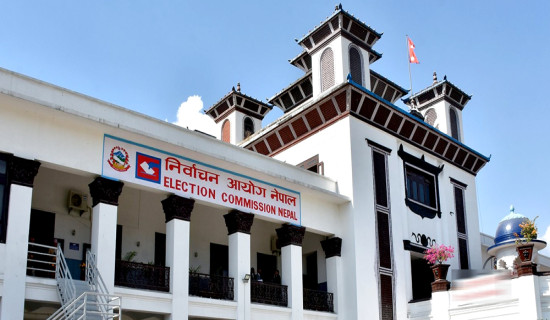
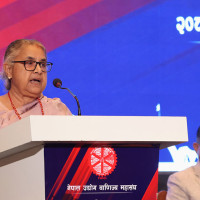
-square-thumb.jpg)
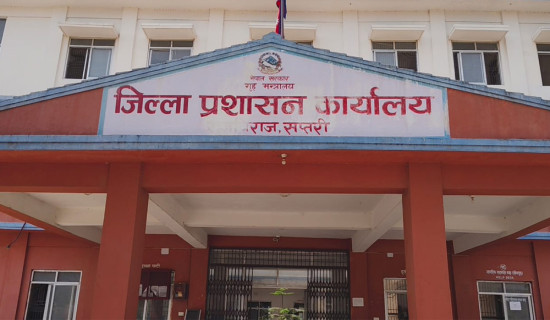


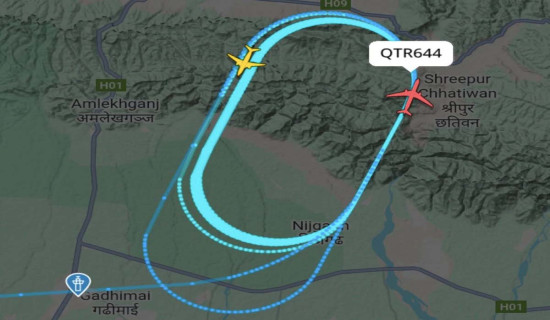
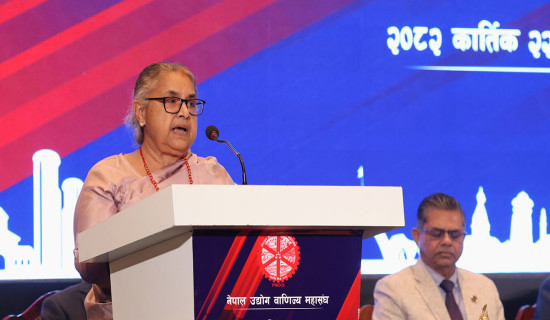
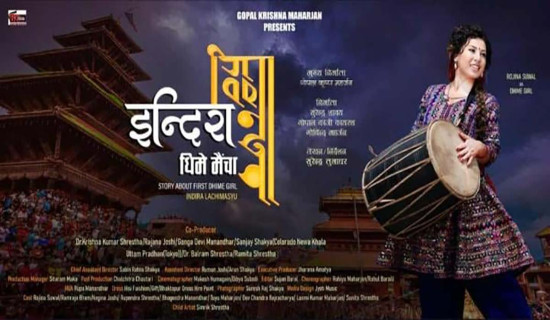
-original-thumb.jpg)
